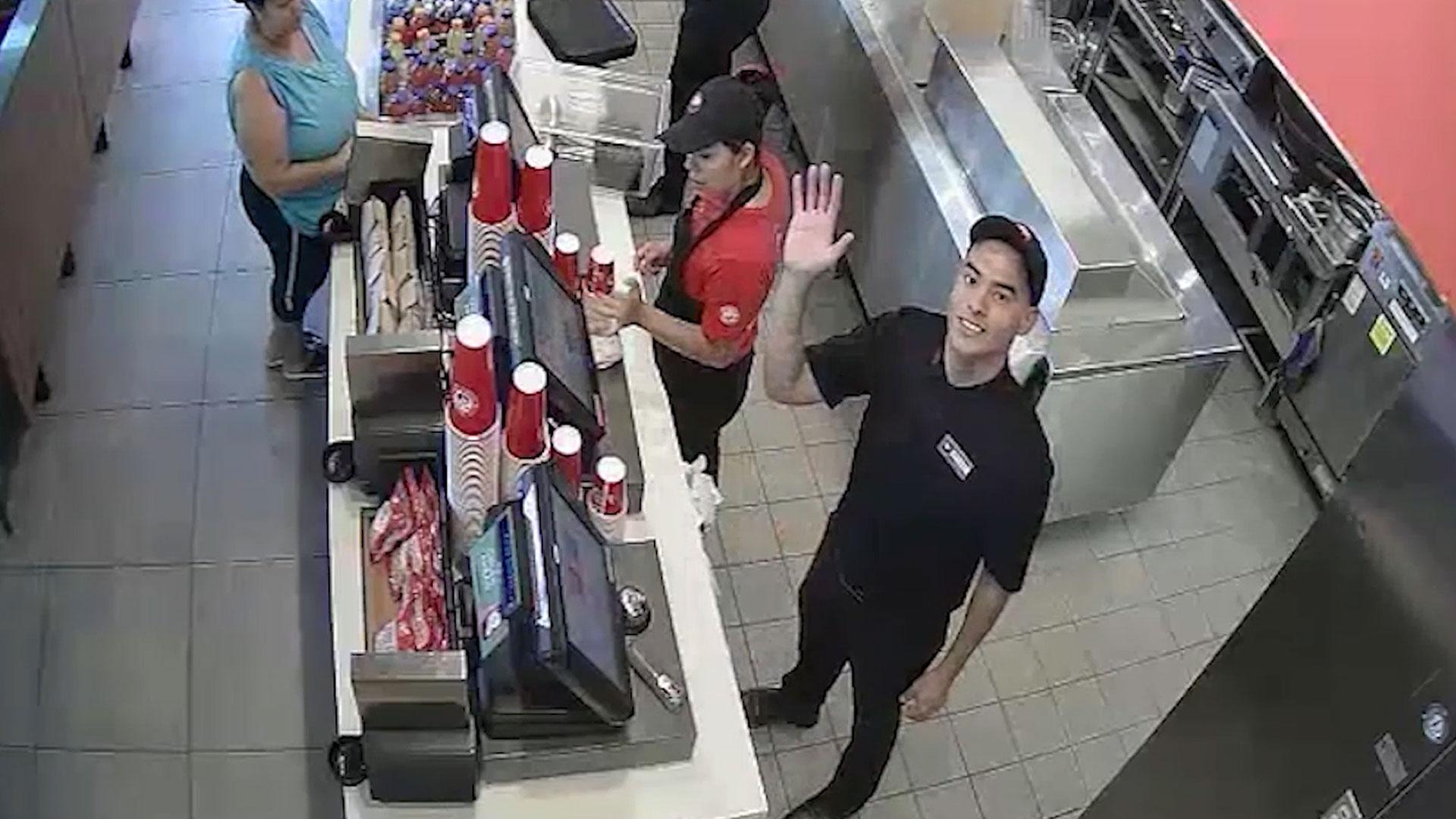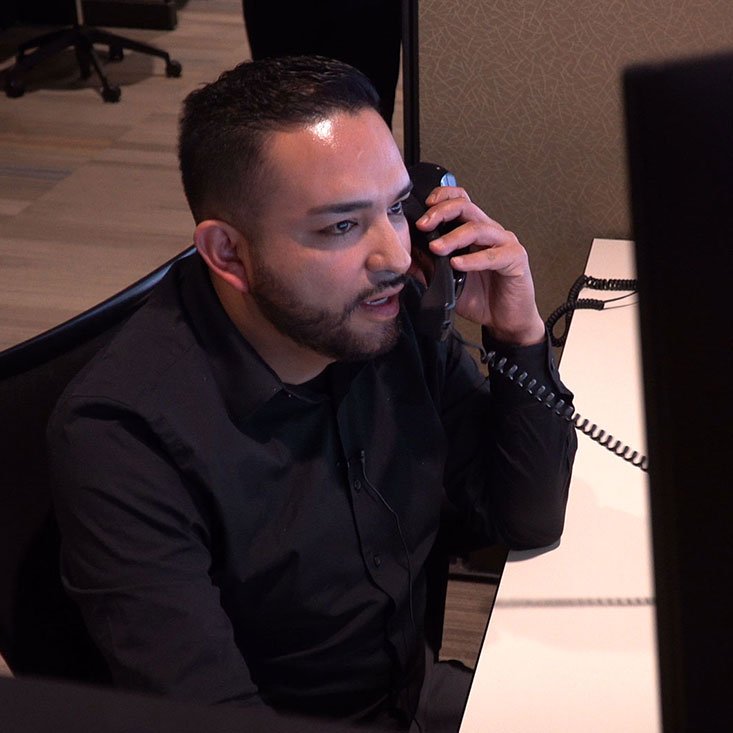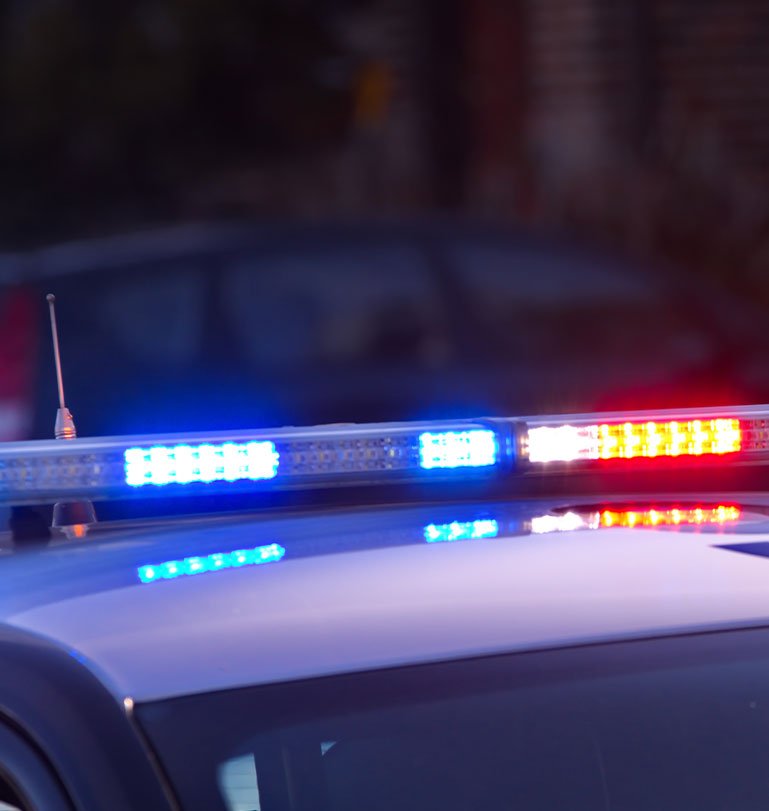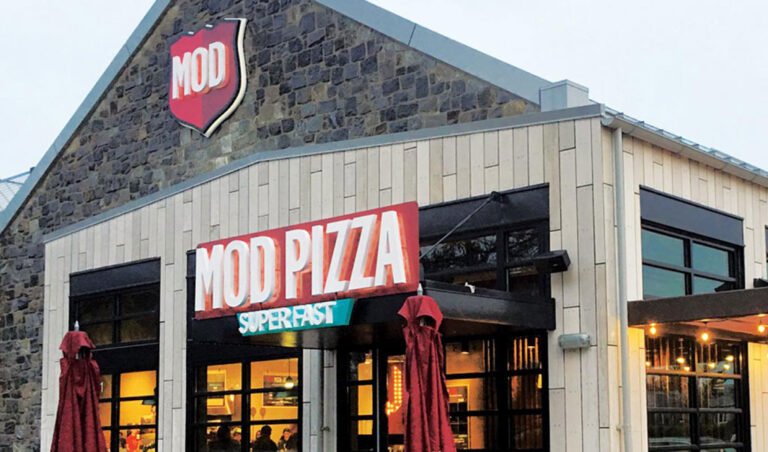Video-Verified Alarms with Real-Time Verification
Cut down false alarms, expensive false alarm penalties, and improve police response times with video verification of alarm events. Our video-verified alarm monitoring service is designed to help multi-location businesses reduce operational complexities and improve asset protection.

What Are the Common Causes of False Alarms?
Sensor Errors
Alarm types and
components
Reasons for
false alarms
Door contact alarms
Door misalignments, wind, contact damage
Glass break alarms
Power issues
Motion detector false alarms
Signage changes, insects, birds, heaters
Wiring
Environmental wear, rodents
Main alarm panel
Wire fatigue, tamper switch failure
User Errors
User error is one of the leading causes of false alarms and results in disruptions and fines. Training gaps, forgotten alarm codes, and an incorrect approach to handling zone bypassing can result in false alarms.
Why Multi-Location Enterprises Should Implement Video-Verified Alarms
Faster Alarm Response
Given that only about 1 to 6 percent of all alarm events are linked to actual burglary-related incidents, police in most communities assign a low priority to all burglar alarm calls, thus reducing alarm effectiveness.
Reduced False Alarm Penalties
Increased Security for Employees
Better Employee Experience
False alarms require key employees or store/restaurant managers to attend to escalation calls after shift hours. Without video verification, employees are forced to check in on the location and deal with the hassle of additional paperwork.
How Does Video Verification of Alarms Work?
Interface’s trained remote intervention specialists can verify every alarm event in real-time using live security camera feeds to identify the cause of the alarm.

What Happens When a False Alarm Is Detected?
If our intervention specialists detect a break-in or a robbery in progress, they will immediately call law enforcement and share detailed, real-time information about the incident.

What Happens When a Real Threat Is Detected?
If Interface intervention specialists detect a break-in or a robbery in progress, they will immediately call law enforcement and share detailed, real-time information of the scene.


Find Out How Interface Customers Gain with Video Verified Alarms

Pressed

The Old Spaghetti Factory

MOD Pizza
Eliminate False Alarm Fines and Improve Law Enforcement Response Times
Our fully managed alarm services with video verification can pay for itself in just a few months.
Frequently Asked Questions
A video-verified alarm uses video technology to verify alarm events. Unlike traditional alarm systems, which rely solely on sensors to detect potential intruders or other security breaches, video-verified alarm systems are equipped with cameras that capture video footage of the area being monitored.
When an alarm is triggered, the video footage is immediately transmitted to a central monitoring station, where trained security professionals can review the footage and quickly determine if the alarm event is a real threat or a false alarm. If it is a real threat, the security team can take appropriate action, such as contacting law enforcement.
Video-verified alarm systems are particularly useful for businesses and high-security areas where rapid and accurate threat assessment is critical.
Most Interface customers who implement our video verified alarm services see anywhere between 90 to 95% drop in false alarm events. There are instances when an alarm event cannot be conclusively verified via video monitoring. In such cases, Interface’s trained intervention specialists may choose to treat such incidents as threats worthy of immediate action to protect the business.
However, once we conclude that the alarm event was a false alarm, Interface’s intervention specialists go through a debrief to understand what can be done to prevent such instances from happening in the future. Any changes in camera or alarm installation that may be needed to prevent similar false alarms may be recommended and implemented after discussion with customer security teams.
Any alarm event from any type of alarm sensor can be verified via video. At Interface, we integrate alarm sensor data with live video feeds at our monitoring centers. This allows us to verify any type of alarm such as door and safe contacts, vibration sensors, smoke and fire alarms, glass break sensors, flood sensors, and cooler/freezer temperature alarms.
Related Services